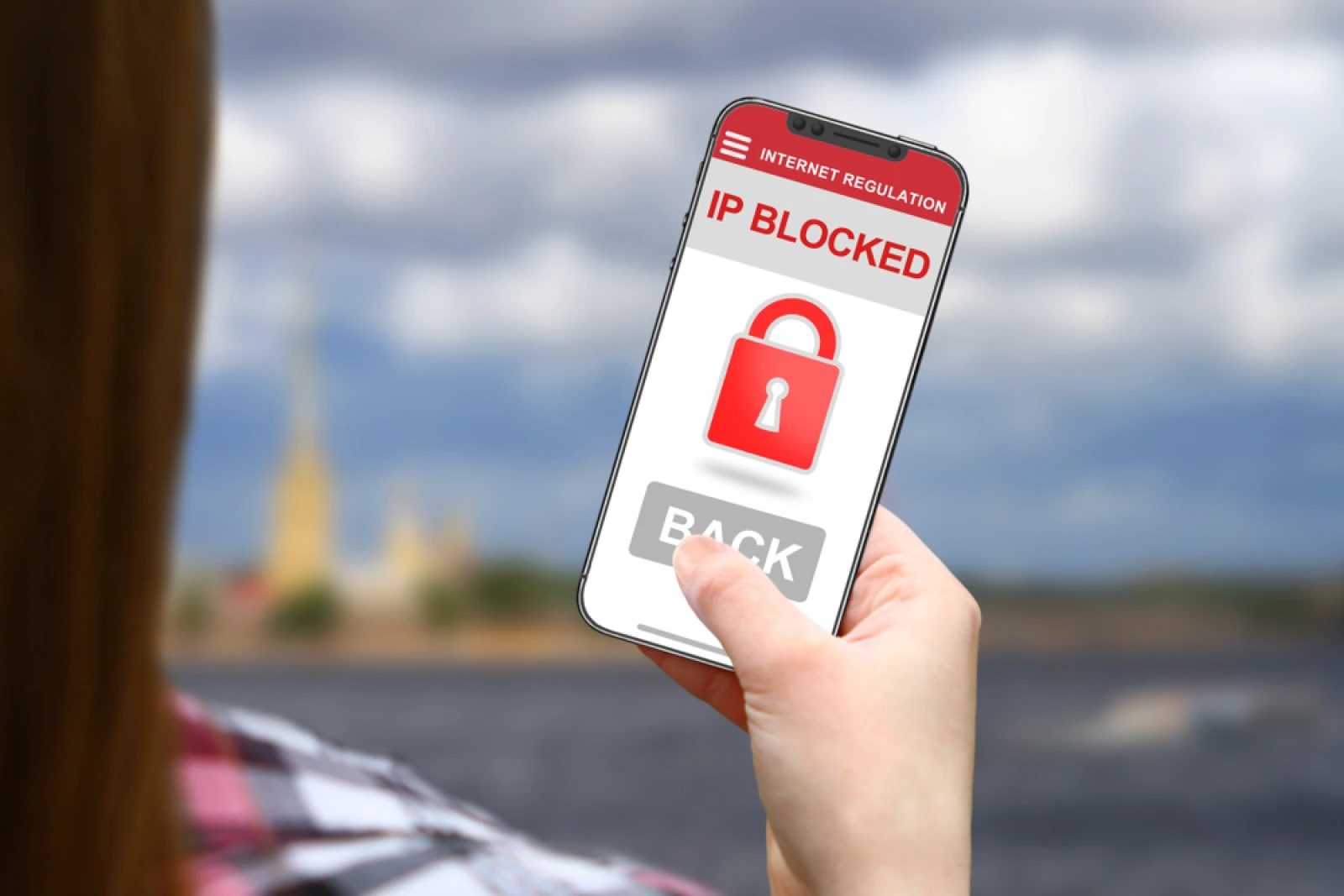How to Provide Remote Users with Access to Restricted Services

Written By
Eran Shmuely

In certain circumstances global companies might have to deal with some of their remote users being blocked from the organizational network. In such cases, organizations may lose visibility into these employees’ work, and business continuity can be severely hampered.
In global enterprises, some remote users may be blocked from accessing the organizational network as a result of external circumstances and not due to company policy. Consequently, these remote users cannot access or connect to organizational applications and services or collaborate with fellow employees in other locations.
It’s easy to see how organizational efficiency and business continuity would be impeded in these circumstances. When remote employees cannot work in the same manner as other employees, the rest of the organization and potentially also its leadership do not have visibility into their work. As a result, their processes cannot be properly monitored, and organizational business decisions will be based on incomplete data and information.
We believe this situation has gotten worse during Covid-19. With restrictions on flying, face-to-face meetings are highly limited or outright impossible, cutting off communication lines and collaboration to an even greater extent.
Organizations have found four main ways to connect restricted remote employees in order to communicate with them and monitor their work.
Organizations duplicate organizational assets between these remote users and the rest of the enterprise.
Pros:
Enables remote users to work in the company
Cons:
Lack of consistency and continuity
Friction-inducing processes
Large overhead
High costs
Some organizations install an MPLS link to connect the organizational network to their restricted remote users.
Pros:
Enables direct communication and collaboration with these users
Cons:
MPLS connections are slow
MPLS connections are expensive
MPLS connections are unreliable
By setting up VPNs and IPsec tunnels, organizations attempt to connect blocked users to their network.
Pros:
Enables direct communication and collaboration with these users
Cons:
Slow
Insecure
VPNs are often blocked as well
Built on a unique trustless architecture, Cyolo’s zero trust access solution enables companies to connect users from anywhere, including in cases where their network accessibility is blocked. Even restricted users can access corporate assets and critical applications with the same level of ease and security as all other users.
To see Cyolo in action, request a demo today.

Author
Eran Shmuely is the Chief Architect and Co-Founder of Cyolo. Prior to Cyolo, Eran was the Senior Security Engineer at Salesforce and the Open-Source Security Research Leader at GE Digital.

